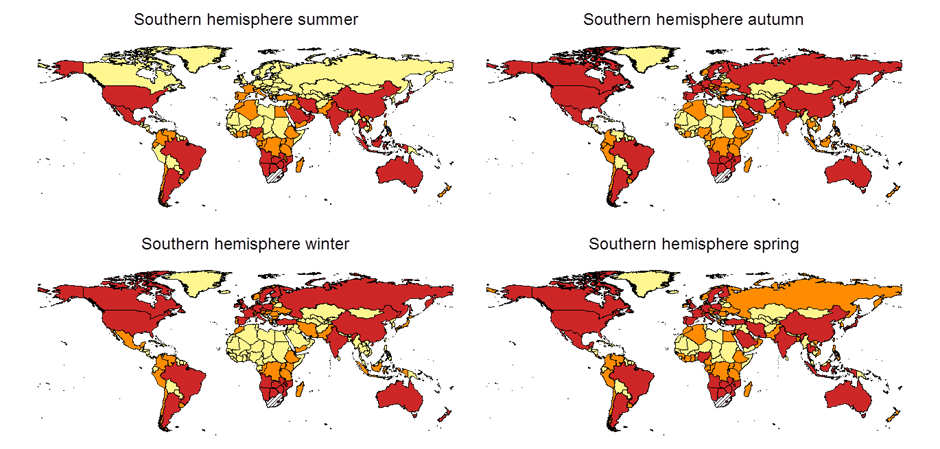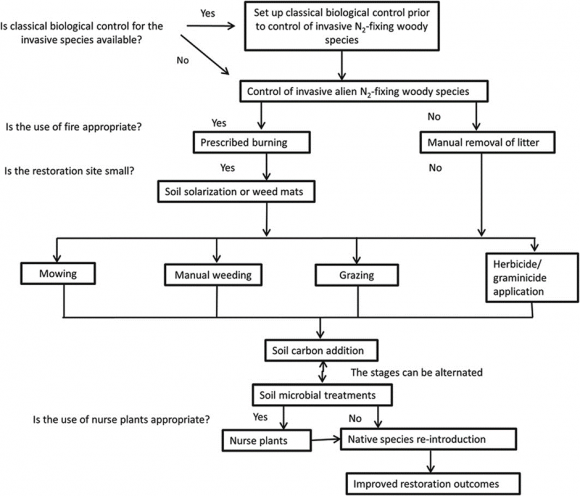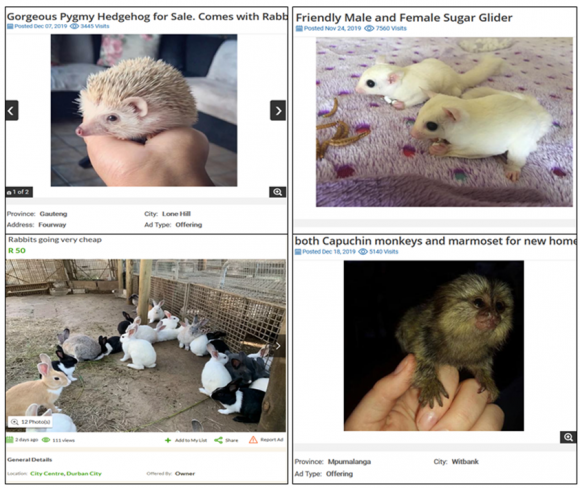18 July 2016 | By Katelyn Faulkner
According to research conducted by C·I·B post-doctoral fellow Katelyn Faulkner (with C·I·B core team members Mark Robertson, Mathieu Rouget and John Wilson), border control should focus on vectors that transport many alien species from countries with climates similar to that of South Africa.
In an attempt to prevent biological invasions, border control inspects transport vectors of alien species (e.g. shipping containers, the luggage of tourists), but as resources for these inspections are limited, they need to be prioritised. Vectors that transport and introduce many organisms are inspected, but whether the introduced organisms will establish in the new region is not considered.
Using South Africa as a case study, Katelyn and her co-authors determined which of these factors should be considered when identifying priorities for inspections. Katelyn and her co-authors used tourism and trade data as a proxy for the number of species introduced to South Africa from foreign countries, and climate matching techniques to determine the likelihood that the introduced organisms would establish once they arrived in South Africa.
The study showed that the number of alien species that will be introduced and establish varies across donor countries and seasons. A theoretical model showed that the best way to identify inspection priorities is to include the number of species and their likelihood of establishing. This strategy was more effective in detecting a higher number of potential invaders and less inspection effort was needed to detect these species.
According to Katelyn, the lead author of the paper published in the Journal of Environmental Management, ‘our results suggest that to prevent invasions, we should not only consider the number of species that will be introduced from a country, but also the similarity of the countries’ climates. However, it is important to note that as climatic similarity varies seasonally the identified priorities will have to be updated regularly’.
Read the paper in the Journal of Environmental Management
For more information, contact Katelyn Faulkner at katelynfaulkner@gmail.com




